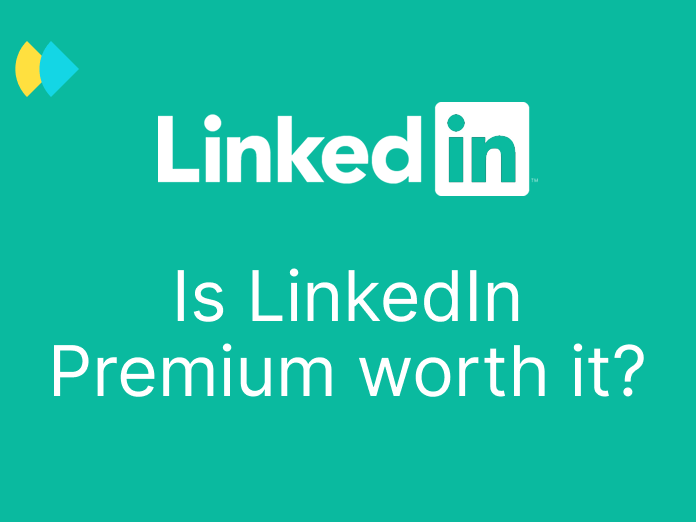… and how to change this. 🤔
Opening and response rates have considerably plummeted in the last three years. Several causes can explain this phenomenon:
- The tremendous success of Cold Email tools (lemlist, la Growth Machine, Waalaxy, Instantly, Quickmail, Salesloft, Reply, Mailmeteor…);
- The increasing number of companies using Cold Emails for Outbound;
- The multiplication of specialized training to help people use them (Akimbo, Rocket School, etc.)
- The creation and diffusion of "performing" Cold Email templates;
- The growing thought that using tools can replace "brain juice";
- …
"A successful Cold Email results from a sequence of automated prospecting emails which reach the recipient's main inbox, while sparking their curiosity, without them thinking it could be an automated message." - Denis Cohen
Decreasing performance is mainly due to automation
- The popularization of this technique leads to a more general use, at the cost of message personalization and relevance. The multiplication of tools, of "performing" templates… makes the automation of Cold Email quite obvious🤔
- Automated personalization is often limited to adding the first and last names of the recipient and/or their company name. You won't fool your recipient.
These elements betray the fact that it's an automated email. Their recipient realizes that personalization is limited
On your end, you won't receive any reply from them: your working time is directly sent into the trash folder. Ouch 🤕
But AI tools have arrived:
The launch of Chat-GPT, Merlin and Bard has been revolutionizing the professional world, especially the way Cold Emails are being written.
91% of Marketing professional have been using AI in their work in the last 12 months (source: Superpath/Minuttia).
Some solutions have already integrated AI to write ultra-personalized content, such as lemlist, La Growth Machine, Humanlinker, Clay, Nureply, Lyne.ai, or the beta version of Bard directly available in Gmail.
Depending on the tool, AI can write personalized Cold Emails either partially or in their entirety, mirroring human behavior. These tools are trained on a set of email data which are similar to the type of texts you want to reproduce, for a specific tone, structure, and writing style.
AI personalizes emails thanks to the information you gathered on your contact. Some tools like Humlinker, lemlist, La Growth Machine, Copy.ai, directly integrate this type of data collection with their solution to offer AI-generated content. The quality and efficiency of these integrating tools can vary, depending on the level of information of the database and the learning capacity of the machine.
Nevertheless, whether your Cold Emails come from templates, AI, or your own "brain juice", what matters is their performance and the engagement rate of your targets and prospects. For this, you'll need to iterate and adapt your messaging.
E-mailing tools are evolving… and so are anti-spam filters!
On top of the regular anti-spam elements, some Cold-Email identifying solutions are based on the following signals:
- Bad SPF, DKM, DMARC parameters
- Tracking links, even if you have a good "custom tracking" configuration
- The "one-pixel call" technique, which lets you know your Cold-Email opening rate
- Basic sentences taken from "successful templates"
- Sometimes, not using a Warm-Up solution
Warm-Up tools increase the chances of your emails ending up in your recipients' inboxes.
The recipe for a successful Cold Email in 2024!
Tracking your Cold Email performances: the metrics you should keep in mind
Before diving into the new writing method, it's essential to understand that the only reliable rate to measure the performance of your Cold Email is the positive response rate. ✅
Opening and click rates are only Vanity Metrics. They bring you joy and make you shine during your meetings 😉 but they don't offer anything concrete when it comes to business decisions.
It's better to deactivate your Cold Email opening-rate tracker as soon as you hit a 60-70% opening rate in the first few weeks of your campaign.
Only the positive response/nb rate is relevant.
Writing enticing Cold Emails: the manual
To begin with, you'll need to define your target and your ICP. By working accurately on your target, you'll have more elements to contact them at the right time, in a highly personalized way. You'll also have plenty of material for follow-ups after one or two unanswered Cold Emails. 📣
The heart of Cold Emailing is writing. Ultra-personalized emails and converting sequences require you to really think them through. Put yourself in your recipients' shoes: think about your subject line, about the content and the hook which would captivate your curiosity and would push you to start a conversation.
You'll need to find the right balance in order to avoid clickbait, while creating an appealing messaging.
You'll also have to test and iterate your sequences to scale them up. You can do so by testing your cold emails on a smaller audience, so as to analyze the responses and improve the content and form of your Cold Emails.
However, as the recipient of bad-quality Cold Emails, we would love to be able to use a filter to keep them away for our inbox 😜 … We'll soon give you THE technique to stop receiving basic Cold Email templates in your inbox… 📮
Conclusion
It's essential to keep in mind that a Cold Email must trigger a response or an action from your recipient🧑💻.
For it to be a success, it's essential to take some time and choose the right tools, to do away with basic templates, to test things out and, last but not least, to continuously iterate.
Right from the start, think about quality over quantity: once you've reached the quality you were aiming for, you can go at full speed and scale up 🚀.
If you want to go even further, check out Dropcontact's integration with your CRM 😉
It's your time to shine ⭐️



